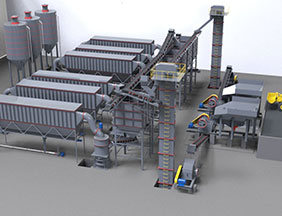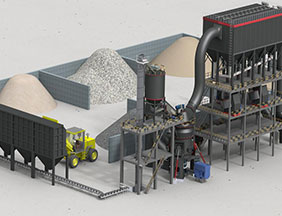Activated carbon is a specially treated carbon that heats organic raw materials (husks, coal, wood, etc.) under the condition of air isolation to reduce non-carbon components (this process is called carbonization), and then reacts with the gas and the surface is Erosion produces a structure with well-developed micropores (this process is called activation). Because the activation process is a microscopic process, that is, a large amount of molecular carbide surface erosion is point-like erosion, so that the activated carbon surface has countless fine pores. The pore diameter of the surface of the activated carbon is mostly between 2 and 50nm. Even a small amount of activated carbon has a huge surface area. The surface area of each gram of activated carbon is 500 to 1500m2. Almost all applications of activated carbon are based on this characteristic of activated carbon.
The surface of the activated carbon prepared by acidic activators such as phosphoric acid is dominated by acidic groups, and the adsorption of alkaline materials is good; the surface of the activated carbon prepared by alkaline activators such as KOH, K2CO3 is dominated by basic groups, suitable for adsorption of acidic substances; The functional groups on the surface of activated carbon prepared by physical activation methods such as CO2 and H2O are generally neutral.


